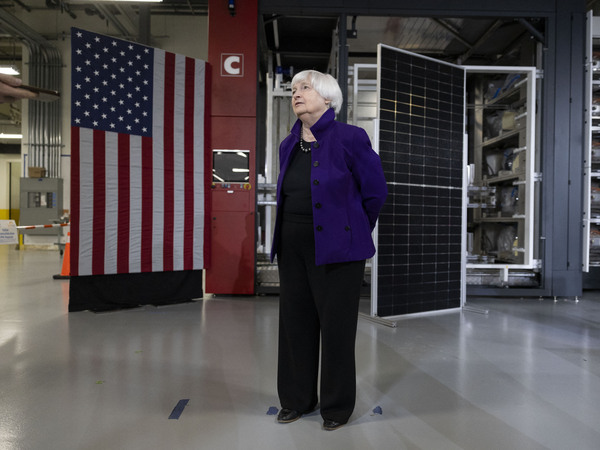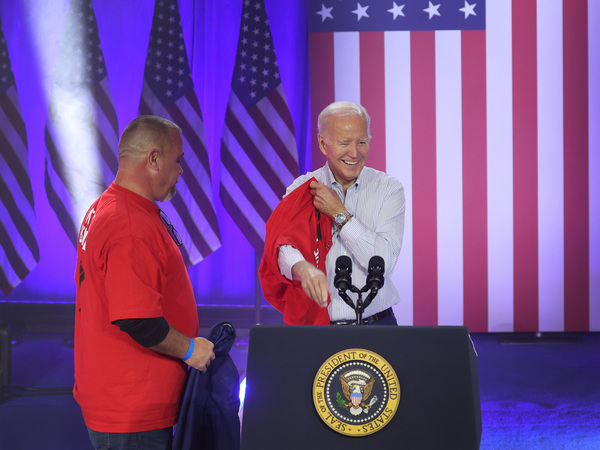Ramstad: Before retiring, Gustavus president Bergman must navigate an unexpected crisis
May 11, 2024
New online tool allows for close-up look into Minnesota’s changing climate future
May 15, 2024President Joe Biden will slap tariffs on $18 billion of imports of goods from China including electric vehicles, semiconductors, and medical products to protect the strategic sectors and punish China for unfair trade practices.
He will also keep in place the tariffs that former President Donald Trump had placed on more than $300 billion of imports from China.
Treasury Secretary Janet Yellen said in a statement that she raised concerns last month during a trip to Beijing about "artificially cheap Chinese imports," concerns that she said many other countries share. She said the new tariffs are necessary to protect American workers and companies from what could become a flood of unfairly traded products.
The move comes as Biden pushes forward to implement three pieces of legislation that contain hundreds of billions of subsidies to boost the domestic manufacturing and clean energy sectors — and ahead of a presidential election where trade and jobs will again be an issue.
"We know China's unfair practices have harmed communities in Michigan and Pennsylvania and around the country that are now having the opportunity to come back due to President Biden's investment agenda," Lael Brainard, Biden's top economic adviser, told reporters.

Here's a list of the new tariffs
Most of the new tariffs cover items that the Biden administration has sought to have made in America through investments in the Inflation Reduction Act, the CHIPS and Science Act and the Bipartisan Infrastructure Law.
Some increases will take place this year. They include tariffs of:
-
100 percent on electric vehicles, up from 25 percent
-
50 percent on solar cells, up from 25 percent
-
50 percent on syringes and needles, up from zero
-
25 percent on lithium-ion batteries for electric vehicles, and battery parts, up from 7.5 percent
-
25 percent on certain critical minerals, up from zero
-
25 percent on steel and aluminum products, up from a range of zero to 7.5 percent
-
25 percent on respirators and face masks, up from zero to 7.5 percent
-
25 percent on cranes used to unload container ships, up from 0 percent
Other hikes will be phased in, including:
-
50 percent on semiconductors, up from 25 percent, by 2025
-
25 percent on other lithium-ion batteries, by 2026
-
25 percent on natural graphite and permanent magnets, up from zero, by 2026
-
25 percent on rubber medical and surgical gloves, up from 7.5 percent, by 2026
The White House says this is different from Trump's approach
Trump had made tariffs on China one of his signature policy moves when he was in the White House. At first, some Democrats warned this could really hurt the economy — and that American consumers would pay the price.
Biden's team began reviewing those tariffs when he took office, and now has decided to keep them in place.
"One of the challenges is once tariffs have been imposed, it is quite difficult politically to reduce them — because the affected industry tends to get used to them, like them, operate with them as baked into their plans," said Michael Froman, who was U.S. Trade Representative during the Obama administration.
The White House has tried to distinguish its strategy from Trump's approach. It points to comments made by Trump in rallies and interviews that he would broaden tariffs on all imported goods, including targeting Chinese cars, if he wins the election — something that they said would hike consumer prices.
The White House has downplayed the risk that the new tariffs could spark retaliation from China, saying that the issues have been discussed during meetings of top U.S. and Chinese officials, and were unlikely to come as a surprise.
Copyright 2024 NPR. To see more, visit https://www.npr.org.





